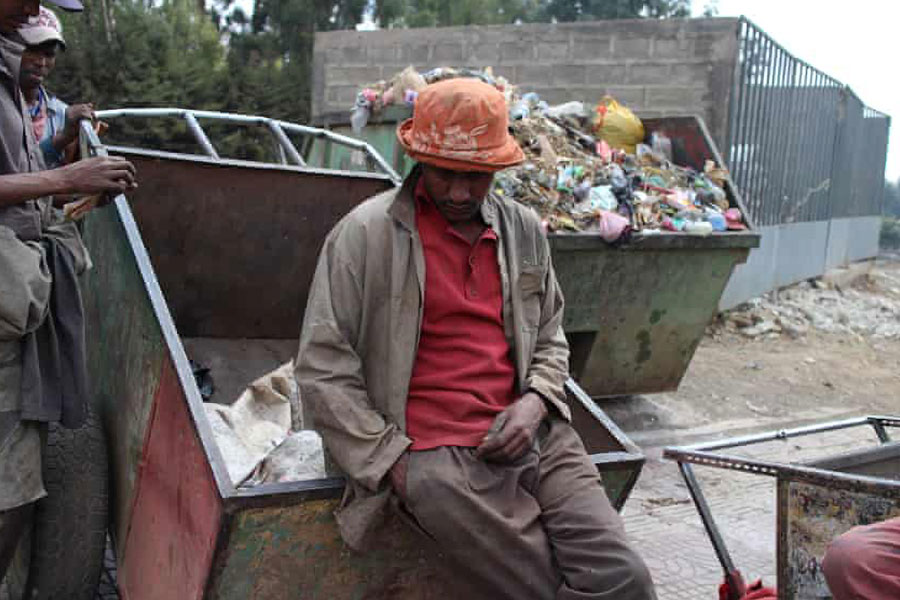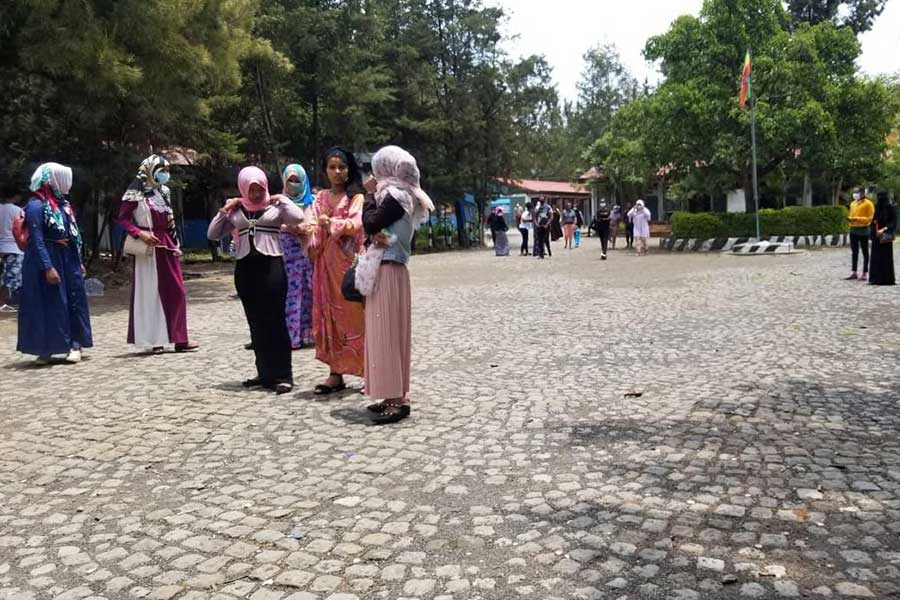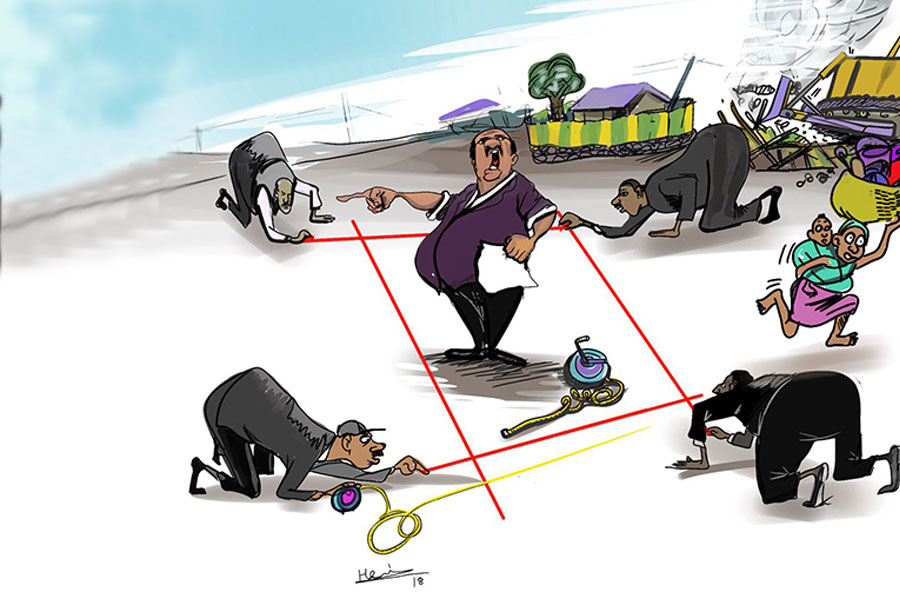
Viewpoints | Jul 23,2022
May 31 , 2020
By Halima Abate (MD) ( Halima Abate (MD) is a public health professional with over a decade of experience. She can be reached at halimabate@gmail.com. )
In the sphere of public health, the effectiveness of monitoring, controlling and responding to infectious diseases not only affects the health status of people but also national security, the economy and society. This often happens in unpredictable ways.
Unavoidably, there needs to be enhanced management strategies to reduce community transmission pressures and to slow or limit transmission levels to ensure public health.
During the Novel Coronavirus (COVID-19) pandemic, a multitude of mitigation measures have been outlined to prevent the spread of the disease and minimise the operational and financial impact on the health system. The different case containment measures rest on the foundational concept of detection and isolation, the latter of which is invariably connected to quarantining.
Quarantining is a tool that was used as far back as the 14th century when it was utilised to mitigate the transmission of the Black Plague, a bubonic disease that struck Europe and Asia. An Italian word that was derived from the number of days - 40 - that travellers were required to stay in isolation before they were allowed to enter society.
It is the restriction of people that have travelled recently or have had contact with people infected with the disease. It can be implemented on a voluntary basis or by legal enforcement at the individual, group or community level. As in olden times, this tool has been crucial in the fight against the virus.
It has been all the more important considering that COVID-19 has no known treatment or vaccines available. It is the most effective strategy for suppressing the transmission of infectious diseases like COVID-19 but requires a great deal of planning for implementation and protocols that must be followed.
Following the first confirmed case of the virus in Ethiopia, the country imposed restrictions to protect the public. Through a state of emergency, the movement of people was restricted. Social distancing measures were applied to public transportation, restaurants and even offices. Recently, even walking in the city centres without a mask has been prohibited.
Most importantly, any international traveller to Ethiopia has to be kept in mandatory quarantine in designated hotels for 14 days before they are allowed to enter society.
It is understood that it would be impossible in actual practice to apply the same approach to all cases, especially because of the limited number of rooms that are available; the location of the quarantine spaces; and the level of awareness of the individuals concerned. Not observing quarantine rules, disregarding social distancing rules and a lack of effective communication have been some of the drawbacks.
Hence, there should be constant monitoring of the situation to maintain the best possible balance of measures in place so that there is an acceptable trade-off of benefits and harms.
The silver linings of this pandemic are that it has bought time to implement surveillance measures, identify hot spots, perform contact tracing and strengthen the health facilities with essential equipment and supplies.
Given the COVID-19 pandemic, its impacts are unlikely to change soon, and it is not possible to precisely predict its future trajectory. Hence, there should be some reconsiderations in our current enforcement of the quarantine. This should include early and effective communication with quarantined individuals to proactively identify their public health needs to maximise the health of the community - and minimise the operational and financial impact on the health system.
However, this intervention must be integrated with public policies since good health is not merely the result of good medical care but the result of what we do as a society.
Fighting COVID-19 is a multifaceted challenge. It includes diverse actors and skills in operational negotiation and the formulation of policy wish lists needed to mobilise resources and create awareness. The array of manoeuvres and approaches performed jointly by different sectors will serve as a diagnostics test to prescribe a remedy for any impairment.
PUBLISHED ON
May 31,2020 [ VOL
21 , NO
1049]

Viewpoints | Jul 23,2022

Viewpoints | May 01,2020

Radar | Apr 21,2024

Sunday with Eden | Aug 22,2020

View From Arada | Mar 27,2021

View From Arada | Oct 09,2021

Commentaries | Aug 31,2019

View From Arada | Mar 23,2019

Agenda | Apr 12,2020

Viewpoints | Nov 20,2021

Dec 22 , 2024 . By TIZITA SHEWAFERAW
Charged with transforming colossal state-owned enterprises into modern and competitiv...

Aug 18 , 2024 . By AKSAH ITALO
Although predictable Yonas Zerihun's job in the ride-hailing service is not immune to...

Jul 28 , 2024 . By TIZITA SHEWAFERAW
Unhabitual, perhaps too many, Samuel Gebreyohannes, 38, used to occasionally enjoy a couple of beers at breakfast. However, he recently swit...

Jul 13 , 2024 . By AKSAH ITALO
Investors who rely on tractors, trucks, and field vehicles for commuting, transporting commodities, and f...

Oct 4 , 2025
Eyob Tekalegn (PhD) had been in the Governor's chair for only weeks when, on Septembe...

Sep 27 , 2025
Four years into an experiment with “shock therapy” in education, the national moo...

Sep 20 , 2025
Getachew Reda's return to the national stage was always going to stir attention. Once...

Sep 13 , 2025
At its launch in Nairobi two years ago, the Africa Climate Summit was billed as the f...